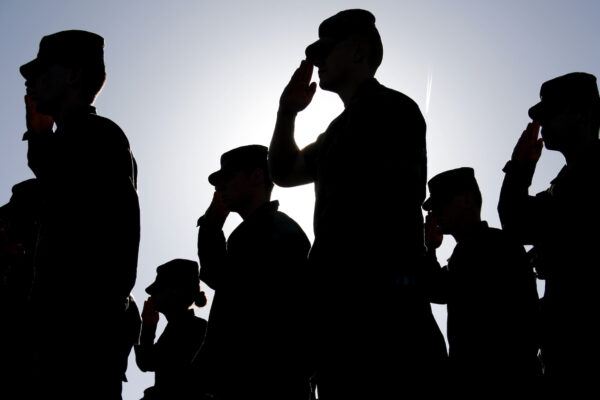Unlevel Playing Fields: Obstacles to Accessing State Financial Aid
Title: Who Deserves State Financial Aid? Eligibility Criteria for Students Entering Higher Education
Source: The Education Trust
Author: Brittani Williams
Over the past two decades, reduced state investment in higher education has significantly increased tuition and fees at public colleges, disproportionately impacting low-income and marginalized students.
The Education Trust evaluated the accessibility and fairness of 26 financial aid programs in 10 states spanning the nation, from California to New York, using state funding data from The National Association of State Student Grant & Aid Programs. This assessment focused on 12 key eligibility requirements that often serve as formidable barriers to college access for underresourced students, including completion of the Free Application for Federal Student Aid (FAFSA), Pell Grant eligibility, standardized test scores, GPA benchmarks, and the exclusion of undocumented and formerly incarcerated students. The study illuminates how these barriers affect the accessibility and affordability of higher education for students of color and those from low-income backgrounds.
Key findings reveal that several states, including California, New York, Texas, and Washington, have taken steps to expand access to financial aid, including alternative applications to the FAFSA for state aid eligibility. Washington’s College Grant also extends support to justice-impacted students.
However, the FAFSA continues to be a significant obstacle, particularly for undocumented students. Merit-based aid programs further exacerbate inequities by limiting the opportunities for students from low-income families and disadvantaged communities to succeed within the traditional metrics of academic achievement.
To enhance equitable access to state financial aid for underserved student populations, the report proposes several policy changes:
- Emphasize higher education affordability within the state’s budget.
- Prioritize access to state need-based aid rather than relying heavily on merit-based awards.
- Increase award amounts.
- Explore new methods for determining financial need, such as family assets, dependent care, medical expenses, or regional cost of living.
- Include all students to effectively address individual challenges.
- Prioritize state financial aid alternative application processes to assist undocumented students and students facing challenges such as language barriers and lack of access to technology.
- Make state financial aid available to part-time students, acknowledging the varied circumstances and needs that require students to juggle education with other obligations.
- Standardize student aid offers to streamline the evaluation of state financial aid program effectiveness.
Click here to read the full brief and analysis.
—Nguyen DH Nguyen
If you have any questions or comments about this blog post, please contact us.


